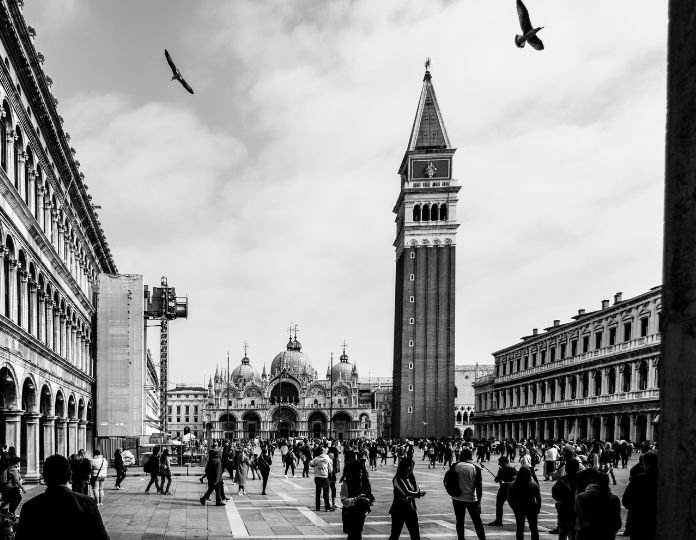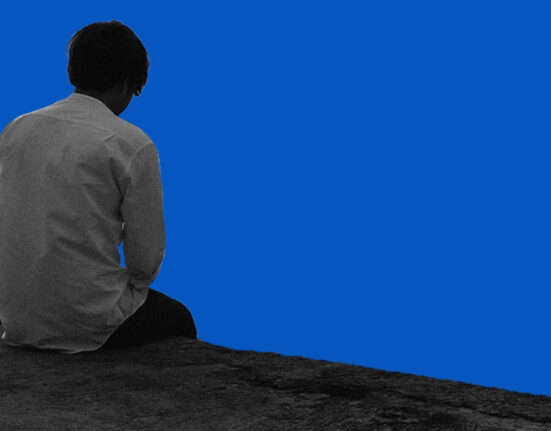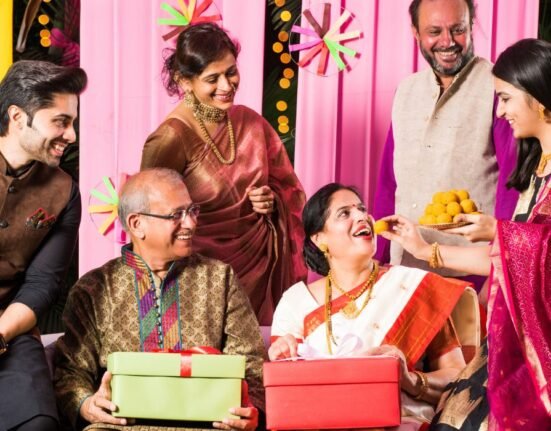The fascination that Indians have with the West is shaped by various historical, social, and economic factors. Their preference for Western brands, products, education, lifestyle, and culture continues to shape their lifestyle and aspirations. The preference for the West among Indians is multi-dimensional, spreading across various areas. Indians tend to migrate in numbers to more developed countries in the West, like the UK, the US, and Canada; they do so for educational purposes as well as better job opportunities.
Indians also have a preference for Western brands like iPhone, Nike, Starbucks, Levi’s, BMW, and others since they are seen as status symbols and have high prestige. I also admire Western pop culture, such as their films, series, movies, and books. This preference for the West seems to stem from a combination of the history of colonisation in India, the perceived superiority Indians have towards Western people, social aspiration, and the need for validation.
Read More: Why Do We Glorify the West? Psychological Roots of Cultural Inferiority Complex
Historical Roots
The roots of the Indians’ admiration for the West can be traced back to the two-century-long colonisation by the British. The people of India, since then, have an internalised belief that Western systems are better. The British rule created an understanding that the Western population was superior. The Britishers were a ruling class; any Englishmen (administrators, businessmen, missionaries, etc.) would act as though they were above the people of India. They preferred being called “sahib”; they believed that to be a term of endearment.
Even though that was not the case, the Britishers did have an upper hand. They themselves and their ways of living were considered to be better and were thus something the Indians wanted to achieve. They behaved as dignitaries and would remain aloof from the issues that the Indian people were facing. Most even had Indians act as their slaves. Though the rule did modernise India, such as the railways and the legal system, they did so while instilling a sense of superiority. This has led to a lasting impression on the people of India. Even though the generations alive at that time may not be alive now, the beliefs continue to live (Ballhatchet, 1985).
Perceived Superiority
There exists a perceived superiority of the West in general in the mindset of Indians. They feel that the Indian products, services, culture, values, etc., are inferior to those of the West. They tend to doubt themselves and compare themselves to the West. Such a mentality can be linked to the need that colonised nations have to imitate their colonisers, to be more like them, as they have been on the lower end of a power dynamic. The Britishers have affected a large variety of domains with such an aspect.

During British rule, many Englishmen wanted to replace the native language(s) with English to aid their comfort, but this led to people believing English to be a superior language. This notion is not limited to Indians; even though there are a large number of languages in the world, we still tend to communicate in English, which is now seen as a mandate and not an option. Such may be linked to the English-speaking countries having greater progress and success. Therefore, other countries wish to achieve this level of progress (Chauhan & Tiwari, 2023).
Further, culturalistic beliefs seem to have a strong influence. People in India tend to view the individualistic culture of the West as better than the collectivistic culture in India and other Asian countries. Though both these types of cultures have many pros and cons, the appreciation of individualistic cultures may be because of the higher independence associated with them. Moreover, Indians regard a fair complexion to be superior. This may stem from a belief that fair skin indicates an elite lifestyle, one free from the need to be in the sun. Hence, influencing the comparison, superiority of a fairer complexion, and desire to attain the same (Ballhatchet, 1985).
Read More: The Psychology Behind English Superiority
Status and Social Aspiration
Indians, among a larger population of the world, associate the West with a higher standard. People have a belief that Western goods and services have superior quality; a European luxury brand or an American degree is perceived to guarantee global quality. Because of such beliefs, people tend to focus primarily on the international standings of these products. The consumer trends in India have changed over the past couple of decades, where Indians prefer or strive to attain global, more so Western, brands. The preference for Western brands is not limited to their quality, but also because of their social value. The possession of items from such brands is seen as a token of superiority and a higher status. They perceive Western products to be more modern and sophisticated, thus indicative of an elite lifestyle. Thereby creating a preference and admiration for the Western style of living.
Luxury has always been considered to be a privilege. And with India undergoing major development, there is an influx of Western brands in the Indian market. Analysts have found patterns to conclude that Indian consumers are currently at the ‘show-off stage’ of luxury consumption. Where possession of a luxurious item is associated with a higher socio-economic status. They are also considered to be symbols of modernity and an overall progress and success in the person’s lifestyle (Eng & Bogaert, 2010).
Read More: Trapped in Social Comparison?: The Psychology Behind Luxury Consumption
Psychology of Validation
Indians’ need for Western approval reflects a post-colonial insecurity. They need to prove themselves. This can happen by them gaining recognition from people they perceive to be superior and/or with a higher status. Despite our culture being rich in heritage, diversity, and beauty, we still crave validation from the Western population. This instinct could be associated with people of India having been oppressed for centuries, with them being inferior to others and being looked down upon.
So, they now look for validation. They seek approval. They want to be liked and accepted. Social validation is an individual’s tendency to seek others’ opinions to validate their own. This leads to increased confidence, stronger social bonds, and feelings of pleasure and satisfaction. Such could thereby explain why Indians tend to follow the West and become more like them (Schimel et al., 2001).
Conclusion
Therefore, it can be understood that a lot of Indians tend to express a preference for numerous Western brands, products, education, lifestyle, and culture. Many factors influence this preference. The oldest and biggest of which are the historical roots of colonisation that India has. Moreover, Indians believe the West to be superior and more successful than they are, which may lead to feelings of inferiority and shame, which thus shape the Indians’ admiration and preference for the West. Since Western goods and services are believed to have superior quality, Indians may express a preference for the West to obtain a higher status. Finally, Indians are likely to express a preference for the West to gain validation of their choices, views, behaviours, opinions, and overall life. Many other factors may also influence this preference.
Even though the current trends seem to be shifting, where Indian culture and perspectives have gained global recognition. Younger generations are also increasingly embracing home-grown brands, cultural heritage, and pride in their native processes. There is still a long way to go to completely evolve and for Indians to move from Western validation to higher levels of self-assurance and self-reliance.
FAQs
Why do Indians have a strong preference for the West?
Indians’ preference for the West seems to stem from a combination of the history of colonisation in India, the perceived superiority Indians have towards Western people, social aspiration, and the need for validation. This preference stems from the sense of inferiority that may have been instilled during British rule but continues to persist even today.
How could such behaviour be harmful?
Such behaviour could undermine the local, native cultural heritage and beliefs. Thereby, enforcing an internalised feeling of inferiority. Which would in turn lead to external validation and approval. Thus, such behaviour could be harmful. Hence, Indians must evolve, grow, and move towards higher levels of self-assurance and self-reliance.
References +
Ballhatchet, K. (1985). Indian perceptions of the West. Comparative Civilisations Review, 13. https://scholarsarchive.byu.edu/ccr/vol13/iss 13/13
Chakrabarty, D. (2012). From civilisation to globalisation: the ‘West’ as a shifting signifier in Indian modernity. Inter-Asia Cultural Studies, 13(1), 138–152. https://doi.org/10.1080/14649373.2012.636877
Chauhan, T., & Tiwari, P. (2023). CULTURAL CRINGE: STUDY ON BIAS TOWARDS WESTERN CULTURE. Zenodo (CERN European Organisation for Nuclear Research), 20(18). https://doi.org/10.5281/zenodo.8296776
Eng, T., & Bogaert, J. (2010). Psychological and cultural insights into the consumption of luxury Western brands in India. Journal of Customer Behaviour, 9(1), 55–75. https://doi.org/10.1362/147539210×497620
Schimel, J., Arndt, J., Pyszczynski, T., & Greenberg, J. (2001). Being accepted for who we are: Evidence that social validation of the intrinsic self reduces general defensiveness. Journal of Personality and Social Psychology, 80(1), 35–52. https://doi.org/10.1037/0022-3514.80.1.35













Leave feedback about this